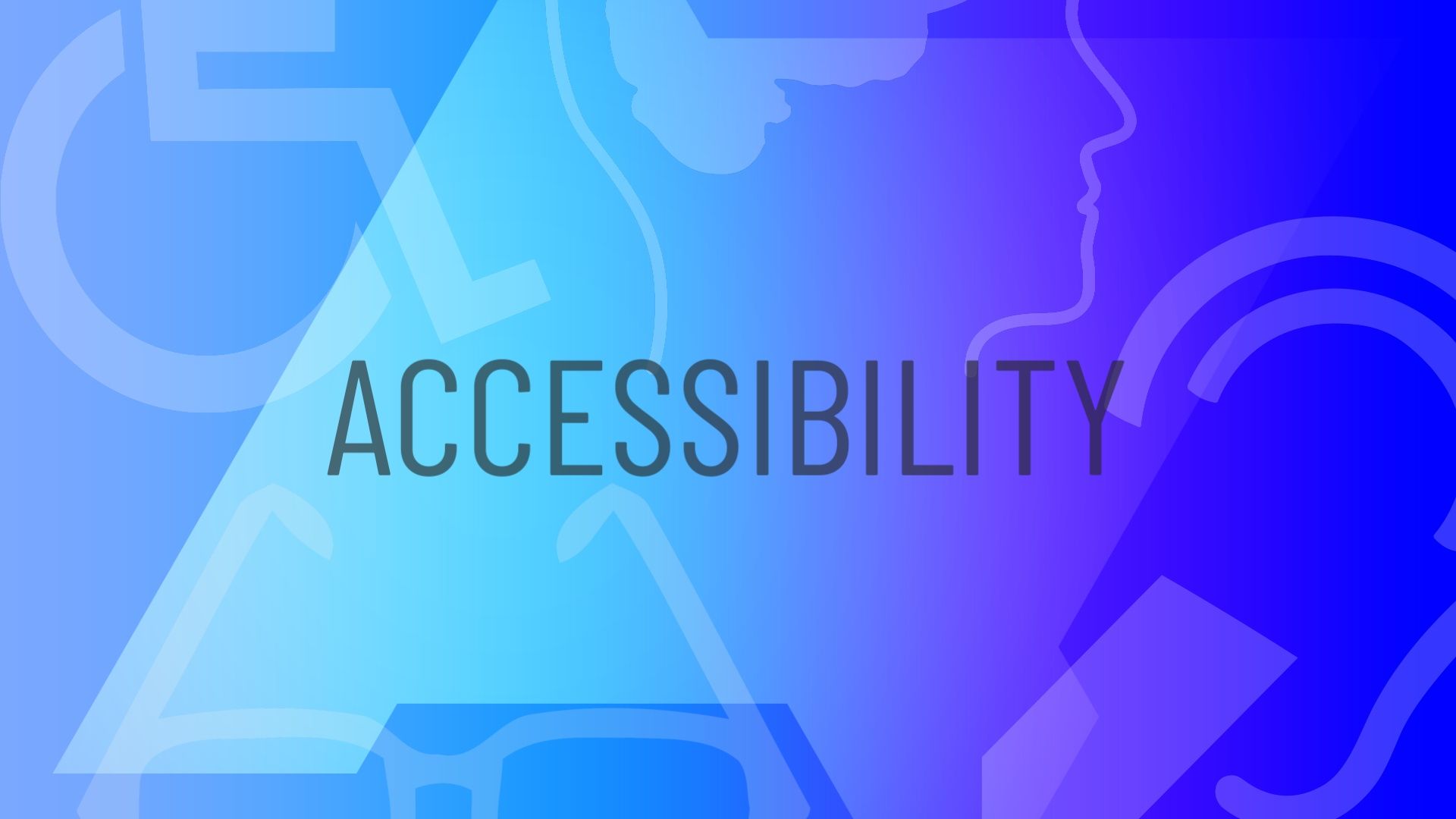Summary
- Google’s Live Caption feature is a fantastic accessibility tool for watching videos without sound.
- Live Caption may soon offer more customization options like emojis and emotional emphasis.
- Live Caption is available on Android phones, with Live Translate aiding cross-language conversations.
Google’s Live Caption feature is a fantastic tool for those times when you can’t listen to what you’re watching but still want to enjoy what’s on your screen. It’s also a great accessibility tool for people who are hearing impaired, as not every app or video comes with caption features, which can obviously make it near impossible to enjoy movies, shows, live broadcasts, and videos. Accessibility is an important focal point for Google, and Live Caption has been a sterling star for the company’s line of products. Live Caption may soon get a lot more personalized, too.

Chromebooks get new cursor settings and automatic screen magnifier
Meanwhile, Google Drive adds accessibility shortcuts
On X, Google sleuth @AssembleDebug discovered that Live Caption could get more customization options soon. In the Android System Intelligence app, he found several new options in upcoming versions within the Live Caption section (via Android Authority). Those options will modify transcripts based on users’ preferences, such as showing emoji icons and placing visual emphasis on people’s emotional intensity in speech, in addition to explaining the length of time people hang on specific words while talking. These options and enhancements’ status seem to be completely up to the user, so if people enjoy more simplistic live captions, they can keep them that way.
Accessibility remains important for Google
Back in 2019, Live Caption was introduced for Android 10, originally as a Google Pixel 4 exclusive at launch. Built on an at-the-time new audio playback capture API, which lets apps give permission to other apps to record the original app’s audio, it’s become an essential part of Google’s accessibility features. That underlying API also powers Live Translate, which helps people who don’t speak the same language have conversations with each other. Apple took until 2022 to introduce its version of Live Caption to iPhones, showing that competition is constantly leading to innovation (and copycats).
This technology is pretty cool, and it’s everywhere now. It’s not hard to get Live Translate working on any modern Google Pixel phone. Samsung has its own Live Caption feature on smartphones, and it’s also not difficult to turn on. To note, closed captions, which have been around almost as long as TVs, are different than live captions, because live captions utilize AI in real time to transcribe speech, while closed captions are prewritten (or, during live events, written by a real person in live time). Live Translate is potentially coming to Google Chrome on desktop, but it’s been a while since we’ve heard about it. Finally, Google’s Live Transcribe makes it easier for people with hearing impairments to engage in conversation in real world activities.




